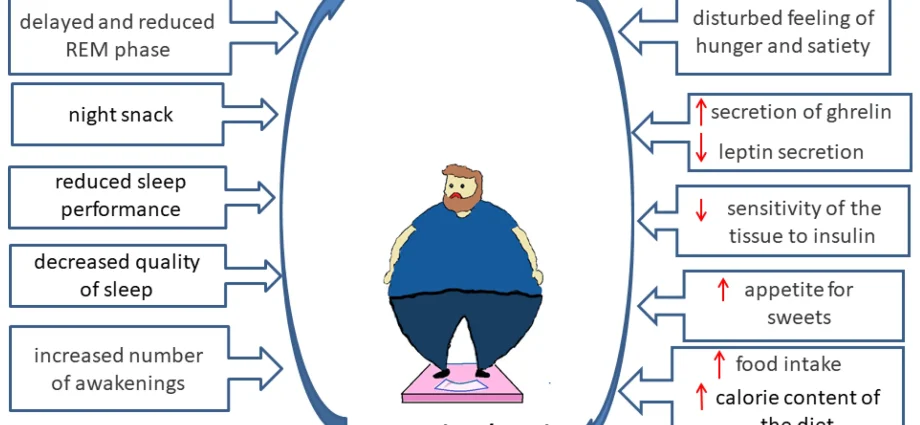People with moderate to severe obstructive sleep apnea also have trouble using oxygen properly during vigorous aerobic exercise, according to a study by scientists at the University of California (USA).
As reported in the Journal of Clinical Sleep Medicine, people with sleep apnea, that is, repeatedly stopping and resuming breathing while sleeping, also have much lower oxygen uptake during strenuous exercise than healthy people.
This finding may explain at least some of why people who suffer from apnea are at greater risk of obesity and cardiovascular disease. “Their aerobic capacity is much lower than that of peers of the same body weight,” explains study author Dr. Jeremy Beitler. “Plus, we believe sleep apnea causes structural changes in the muscles that prevent certain types of activity and discourage any exercise.”
“Merely encouraging patients to be physically active will not solve the problem,” says Beitler.
For the purpose of the study, researchers analyzed the sleep of 15 women and 15 men with varying degrees of severity (moderate or severe) and with different symptoms of apnea.
They were then asked to perform a series of exercises on a stationary bike, gradually increasing the degree of difficulty. Participants were to pedal until they were completely exhausted.
Based on the results of the exercise test and previous resting measurements, the VO2 max value (the so-called VO2 max index) was calculated for each patient. VOXNUMX max (maximal oxygen consumption) determines the maximum oxygen consumption per minute by the body and is the most popular indicator of exercise capacity, especially aerobic capacity.
After adjusting for variations in age, weight, and gender, it turned out that people with sleep apnea had an average of 14 percent. lower VO2 max than the control group. In addition, it has been shown that the number of times that you hold your breath for at least 10 seconds in each hour of sleep translates directly into the percentage reduction in VO2 max.
The authors of the study believe that measuring VO2 max could become an early marker for detecting whether a person with apnea is at a higher risk of stroke and heart attack. VO2 max measurements should – in their opinion – be permanently introduced into the standards of apnea diagnosis. (PAP)










